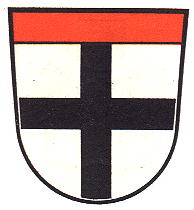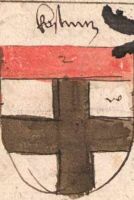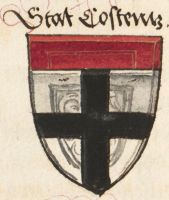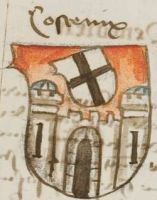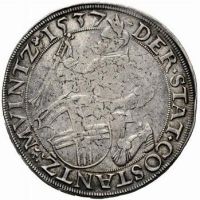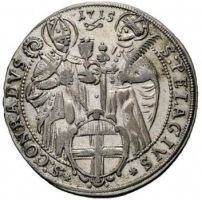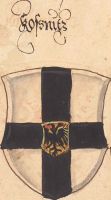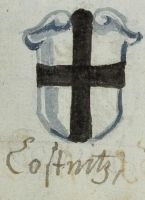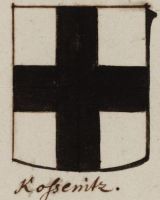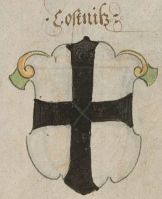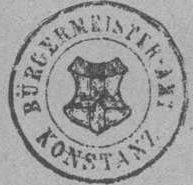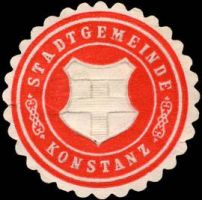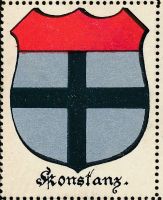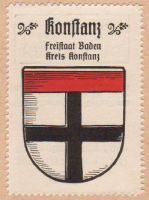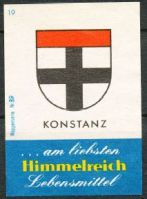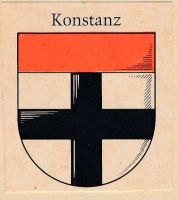Konstanz: Difference between revisions
Knorrepoes (talk | contribs) m (Text replacement - "{{de}}" to "") |
Knorrepoes (talk | contribs) m (Text replacement - "|'''English''' ↵| {{blazon wanted}}↵" to "|'''English''' | blazon wanted ") |
||
| Line 16: | Line 16: | ||
|- | |- | ||
|'''English''' | |'''English''' | ||
| | | blazon wanted | ||
|} | |} | ||
Revision as of 09:56, 7 April 2023
KONSTANZ
State : Baden-Württemberg
District (Kreis) : Konstanz
Additions : 1915 Allmannsdorf; 1934 Wollmatingen; 1971 Litzelstetten; 1975 Dettingen, Dingelsdorf,
| German | In Silber unter rotem Schildhaupt ein durchgehendes schwarzes Kreuz. |
| English | blazon wanted |
Origin/meaning
Konstanz became a city in the early 13th century and an Imperial city in 1237.
The oldest seals of the city (known since 1248) show a city gate between two towers and behind waves. The image shows the city itself and the waves symbolise the Bodensee (lake). In the 14th century the arms of the city appear on the seals, indicating that the arms date from the early 14th century. The cross in the arms is the cross of the Hochstift (Abbey) of Konstanz.
The colour of the cross, identical to the arms of the State of Köln (Cologne) is known since 1405. The red chief was added in 1417 by King Sigmund and was added to symbolise the increased freedom of the city. The arms have not changed ever since.
The arms in a 16th century manuscript
The arms in the Wapen- en Vlaggenboek van Gerrit Hesman (1708)
The arms in an album from around 1910
The arms by Hupp in the Kaffee Hag albums +/- 1925
The arms on a matchbox label
The arms in an album from 1968
Literature: Stadler, 1964-1971, 8 volumes.
